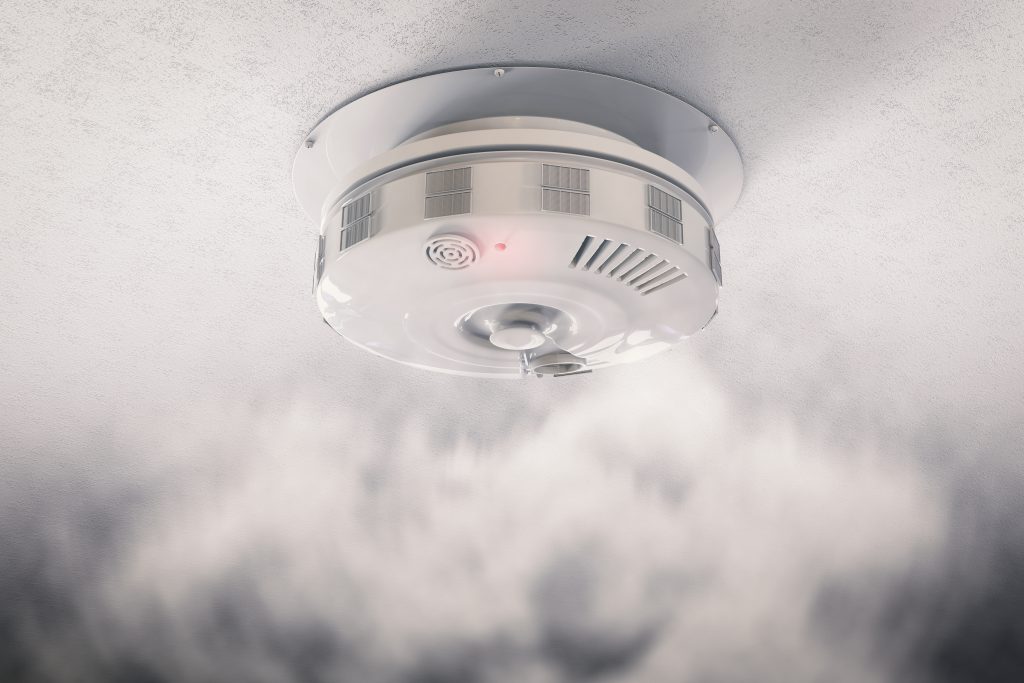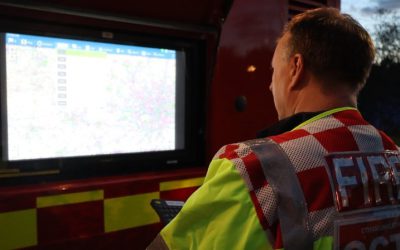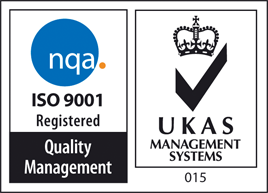FAA Forum Highlights: Aviator Smoke Generator Proving Its Mettle in Cargo Compartment Safety Testing
At the recent International Aircraft Systems Fire Protection Forum held in Cologne on May 8–9, 2018, critical advances were made in refining cargo compartment smoke detection standards. The Concept Engineering Aviator smoke generator continues to emerge as a dependable benchmark for testing smoke detectors.
Task Group Advances on Detection Standards
FAA‑hosted working groups reaffirmed that cargo compartment detection systems must meet stringent criteria—providing visual alert to flight crew within one minute of fire onset, detecting fires at temperatures well below structural harm thresholds, allowing in-flight circuit checks, and demonstrating effectiveness across all operating configurations.
However, a growing challenge is the rise of false-alarm-resistant detectors, which may not trigger when exposed to traditional theatrical smoke—trad-sourced aerosols often resemble nuisance stimuli (e.g., insecticide, dust). To address this, a dedicated Task Group was formed to develop test procedures that ensure all detectors alarm correctly under genuine smoulder-fire conditions. A consensus emerged that particle size in the 200–300 nm range, along with repeatable mass flow, should be prioritized.
Aviator Smoke Generator Shines in Repeatability & Relevance
In laboratory and full-scale experiments, Matt Karp (C-FAR) demonstrated the Aviator UL Smoke Generator using white mineral oil (Smoke Fluid 135) propelled by inert gases. Across multiple test setups—from a small Plexiglas chamber to a DC‑10 cargo space—the Aviator delivered highly repeatable Blue and IR signal outputs. Smoke transport characteristics also closely matched expected fire dynamics, especially when modulated with heat input.
This data underscores why the Aviator remains a trusted tool for rigorous detector certification: its smoke output is well-defined, tuneable, and mimics conditions found in realistic fire scenarios, making it ideal for verifying that detection systems respond reliably—even those engineered to resist false alarms.
Why This Matters for Concept Engineering
- Regulatory Alignment: The Task Group’s push to define standardized aerosol parameters closely reflects capabilities inherent in the Aviator—making it a natural fit for future test protocols.
- Testing Consistency: The Aviator’s repeatable output ensures confidence in verification results, especially when every detector must alarm under controlled but realistic conditions.
- Industry Credibility: Being actively featured in FAA‑led validation — from chamber setups to large cargo mock‑ups — reinforces Concept Engineering’s leadership in smoke simulation.
For more information about the Aviator or Concept’s full range of aviation smoke systems, visit www.conceptsmoke.com.
Equipment used:







